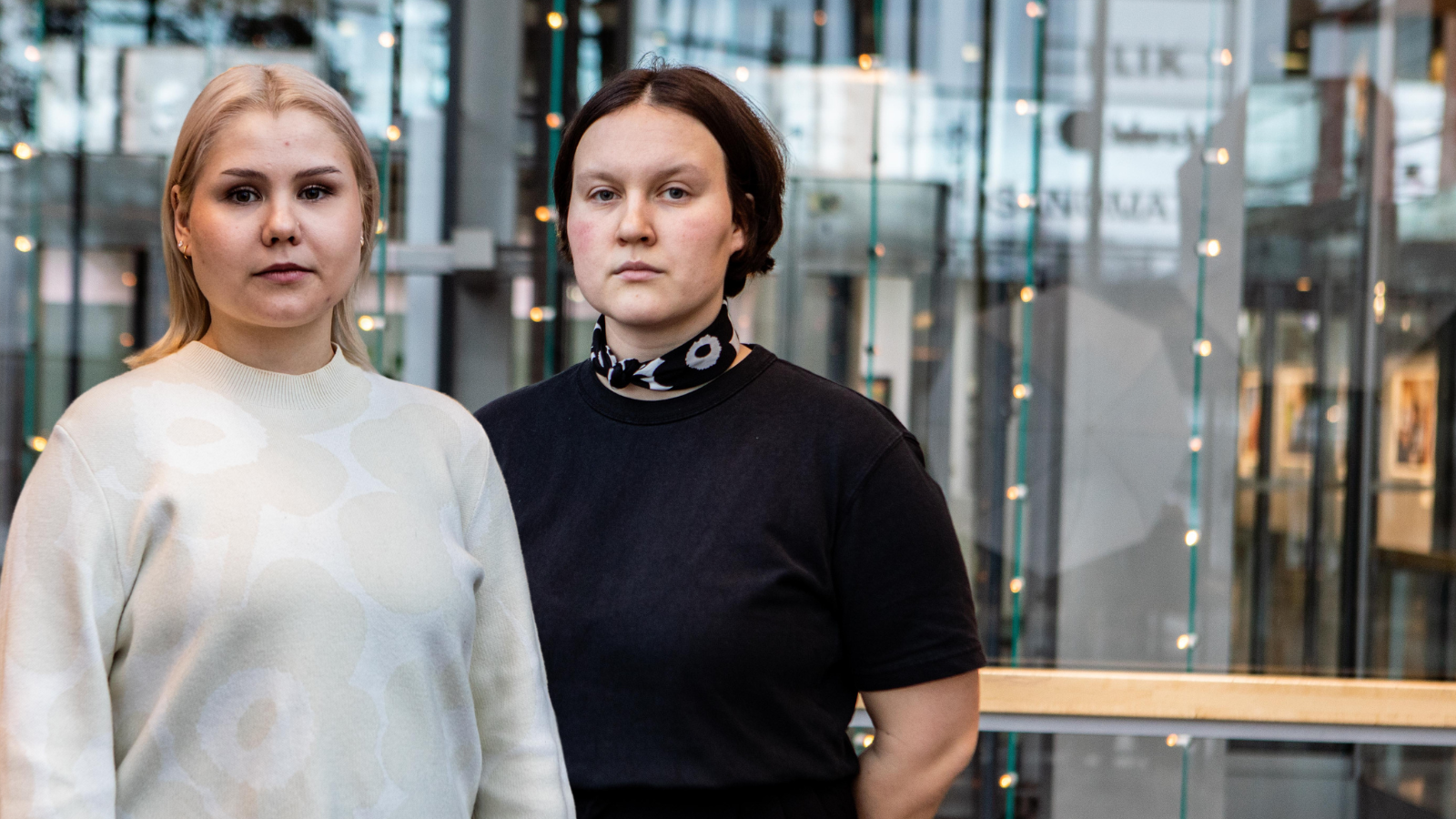You probably remember that the Vision for higher education and research, which was presented last autumn, included some major targets to increase the level of education, increase the amount of continuous learning, and reform higher education institutions.
SYL, Finnish Business School Graduates and Social Science Professionals have suggested a platform model for higher education institutions in order to carry out the vision for higher education. The purpose of this model is to encourage higher education institutions to open up the courses they offer to non-degree students as well as their own degree students. The aim would therefore be for Finnish higher education institutions to work as one unit through a learning platform. In this network-like system, learners could choose courses flexibly from all higher education institutions, regardless of where they have a study place or if they have one at all.
Achieving the aims of the vision for higher education is predominantly a financial issue. That is why considering the logic for dividing the funding between universities and universities of applied sciences is an essential part of carrying out the vision. In order to achieve the aims from the point of view of the learners’ platform, we feel that the funding models must achieve at least the following goals:
1. The funding models must make it worthwhile for Finnish higher education institutions to offer modules not just to their own students so that degree students can choose modules flexibly from all available modules in the country.
2. The funding models must offer higher education institutions a sufficient incentive to also produce modules for non-degree students (studies before starting a degree, studies during the career etc.).
3. The funding models must make it profitable for higher education institutions to produce modules and degrees in cooperation with other institutions.
For this to be possible, the funding for higher education institutions must place more weight on the studies carried out by non-degree students than what is done at present. One way would be to flip the logic of the funding model so that a credit would be the basic criteria, and that different kinds of logic would be applied when realising the credits achieved by different groups of users.
The funding model could include two separate credit indicators with different emphases; one which would apply to the credits of degree students, one which would cover the credits from continuous learning. The money for the credits earned by degree students would be divided among higher education institutions when the degree has been completed. The credits from continuous learning could be assessed more often.
Let’s look at an example where a student includes modules from three different universities in their Bachelor’s degree. When the student completes their degree, the funding will be divided between these three universities based on how many credits the student earned at each university. That is why there is an incentive for all three universities to also offer guidance to the student as they will all benefit when the student graduates.
In another example a university has produced a joint module with a successful software development company. 20,000 people sign up to the course, which can also include non-degree students who are looking to update their skills (also paying customers). One quarter, i.e. 5,000 people complete the course. All students complete the same module regardless of their “status”; they can take part in peer learning and network with other learners from different backgrounds, and the contribution of the university is taken into account when the funding is divided.
We admit that this kind of mindset shift may seem radical, but we think it is necessary if the aim is to achieve more flexible and individual study paths, continuous learning and cooperation between higher education institutions. The incentive to produce degrees will also be retained, but the logic of the activities will become more focused on learning. It will also promote both cooperation between higher education institutions and the profiling and division of responsibilities between these institutions.
How does this sound? What level of importance would you give different kinds of credits within the funding model? In what other ways could the funding models make it possible to achieve the aims of the vision? We would love to continue this debate on Twitter #korkeakouluvisio (#visionforHE).




